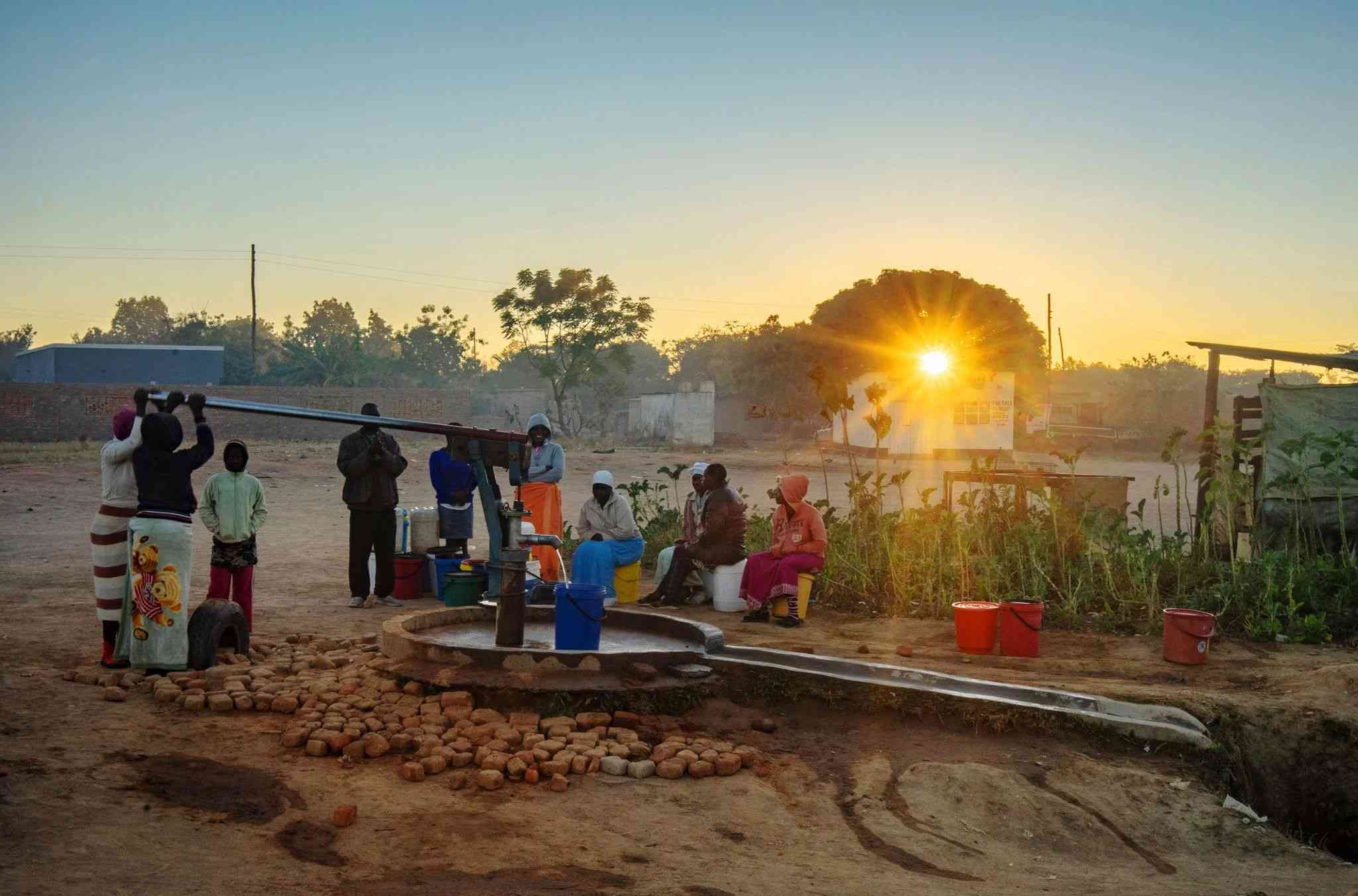
ZIMBABWE is among countries in sub-Saharan Africa that have seen a reduction of new HIV infections over the last decade thanks to robust intervention programmes and policies, according to a recent report from UNAids.
The report, which was launched last Monday at the 25th international Aids conference in Munich, Germany, said for the first time, a large chunk of new HIV infections were recorded in countries outside sub-Saharan Africa.
Last year the number of infections in sub-Saharan Africa was 56% lower than in 2010 while globally, infections have fallen by 39% over the same period.
“For the first time in the history of the HIV pandemic, more new infections are occurring outside sub-Saharan Africa than in sub-Saharan Africa,” reads the report.
“This reflects both the prevention achievements in much of sub-Saharan Africa and the lack of comparable progress in the rest of the world.”
Increased resource mobilisation is needed, especially in Asia and the Pacific—where the numbers of people living with HIV are projected to almost double by 2050 — and in Eastern Europe and Central Asia, Latin America and the Middle East and North Africa, regions with growing epidemics, but where funding for HIV has decreased significantly.
“Around half of the total resources needed by 2025, and 93% of the current HIV funding gap, are outside of sub-Saharan Africa.”
According to the report, about 39.9 million people across the world were living with HIV while there were 1.3 million new HIV infections and 630 000 Aids-related deaths, including 76 000 children.
- Another ETF lists on ZSE
- Econet to use Buddie Beatz app to grow local music
- Edutainment mix: The artist in the child policy formulation context
- An unsung HIV/Aids hero spreads message of hope
Keep Reading
Gender inequality is exacerbating the risks faced by girls and women and driving the pandemic.
HIV incidence among adolescent girls and young women is still extraordinarily high in parts of eastern and southern Africa and western and central Africa.
Because stigma and discrimination against marginalized communities create barriers to vital prevention and treatment services, key populations, including sex workers, men who have sex with men and people who inject drugs, represent an increased proportion at (55%) of new infections globally compared to 2010 (45%).
The report demonstrates that HIV prevention and treatment services will only reach people if human rights are upheld, if unfair laws against women and against marginalised communities are scrapped, and if discrimination and violence are tackled head on.
UNAids calculations show that while 20% of HIV resources should be dedicated towards HIV prevention for populations most affected by HIV, just 2.6% of total HIV spending went towards interventions for key populations in 2023.
“Around the world funding is shrinking, holding back progress and even leading to rising epidemics in certain regions,” said the report.
“In 2023, total resources available for HIV (US$ 19.8 billion) dropped by 5% from 2022 and were US$ 9.5 billion short of the amount needed by 2025 (US$ 29.3 billion).
“Domestic funding in low- and middle-income countries—which make up 59% of total resources for HIV—is being constrained by the debt crisis and fell for the fourth consecutive year, with a 6% decline from 2022 to 2023.”
In 2014, global leaders agreed to end Aids as a public health threat by 2030 in the UN sustainable development goals.
“The world is not on track to succeed,” said UNAids executive director Winnie Byanyima.
“The world can end Aids by 2030, but that will depend on the actions of leaders, government and corporate leaders, the actions they take today.”
International Aids Society president Sharon Lewin said from the report findings, it was evident that HIV infections can be lowered if countries commit themselves to tackle the epidemic.
“That is very exciting and inspiring,” she said.
“The flipside of that is that the infections outside sub-Saharan Africa might be more challenging to get on top of.”
Lewin said infections were focused in marginalised groups, including people who inject drugs, sex workers, transgender women or gay men, who faced discriminatory and punitive laws.
“This is not a biomedical issue. It’s a societal issue and that’s a bigger challenge.”
Young women in sub-Saharan Africa remain particularly vulnerable, Byanyima said.
She called for policies to reduce the inequalities they face, including universal and free secondary education.
UNAids leads and inspires the world to achieve its shared vision of zero new HIV infections, zero discrimination and zero Aids-related deaths.
The organisation unites the efforts of 11 UN organisations—UNHCR, Unicef, WFP, UNDP, UNFPA, Unodc, UN Women, ILO, Unesco, WHO and the World Bank—and works closely with global and national partners towards ending the Aids epidemic by 2030 as part of the Sustainable Development Goals.






